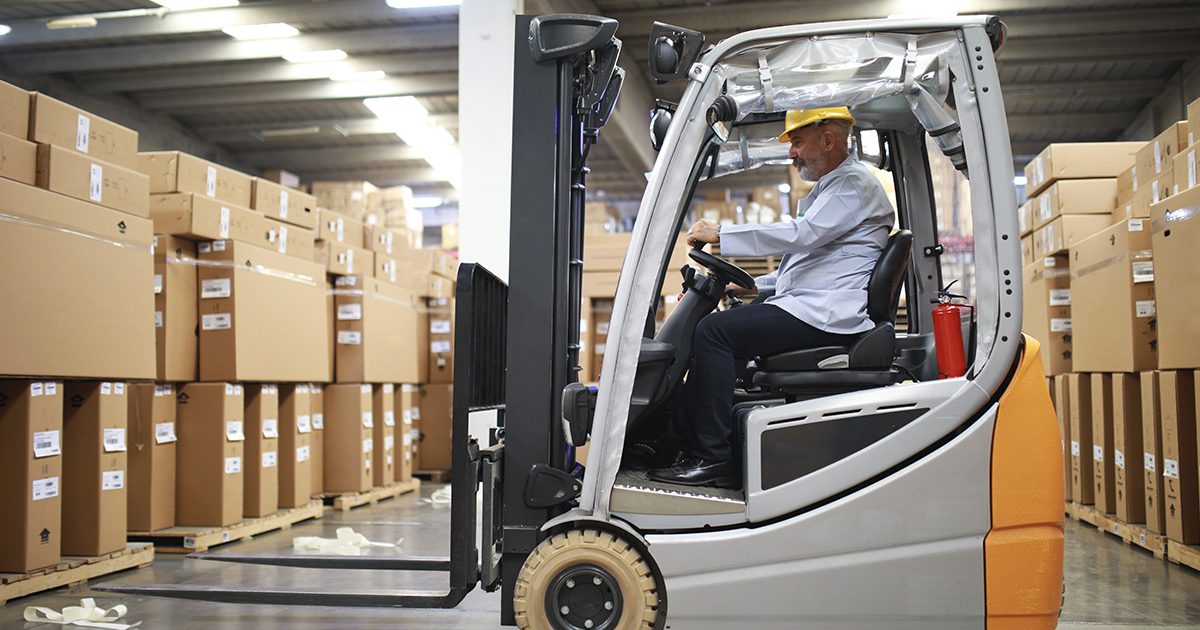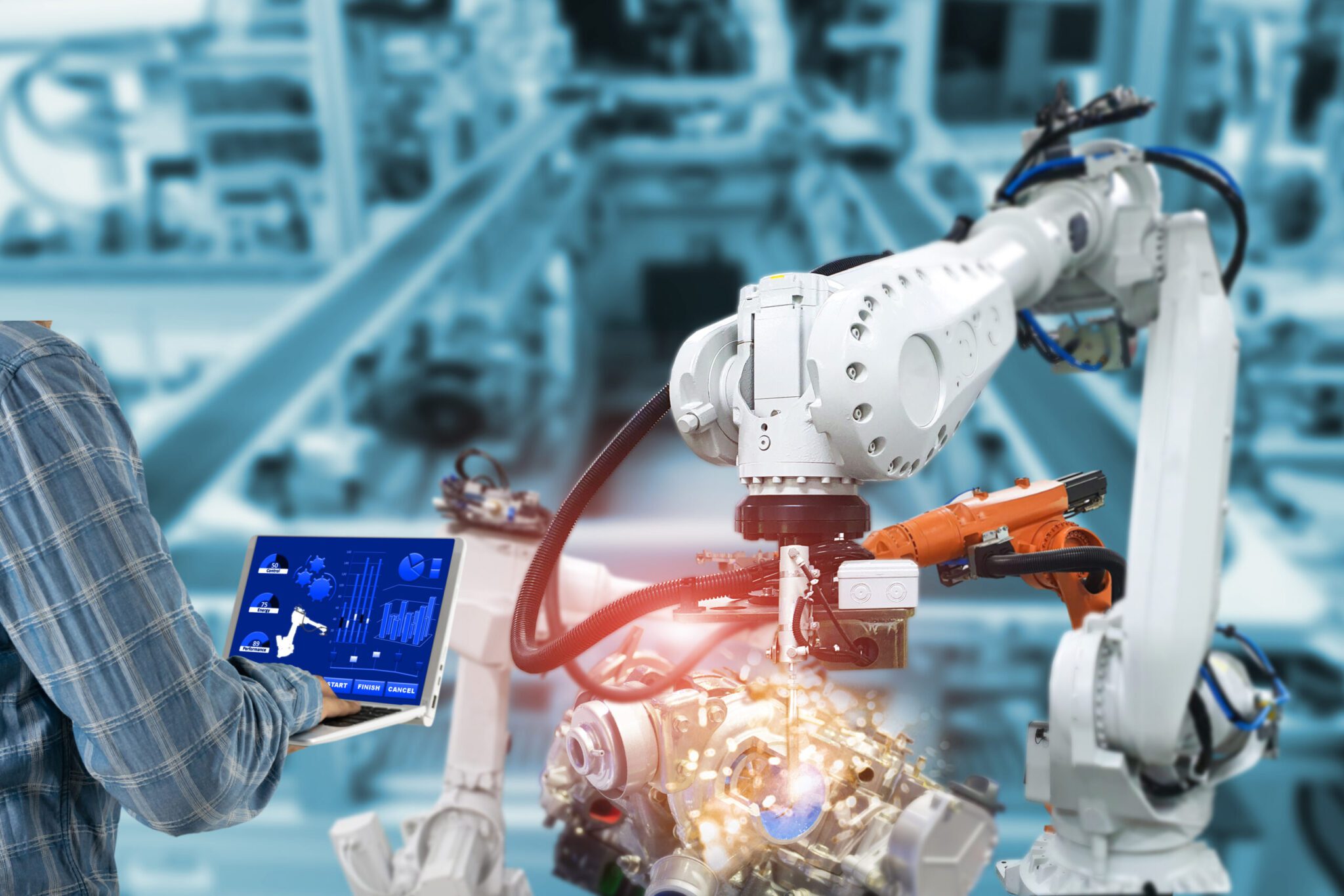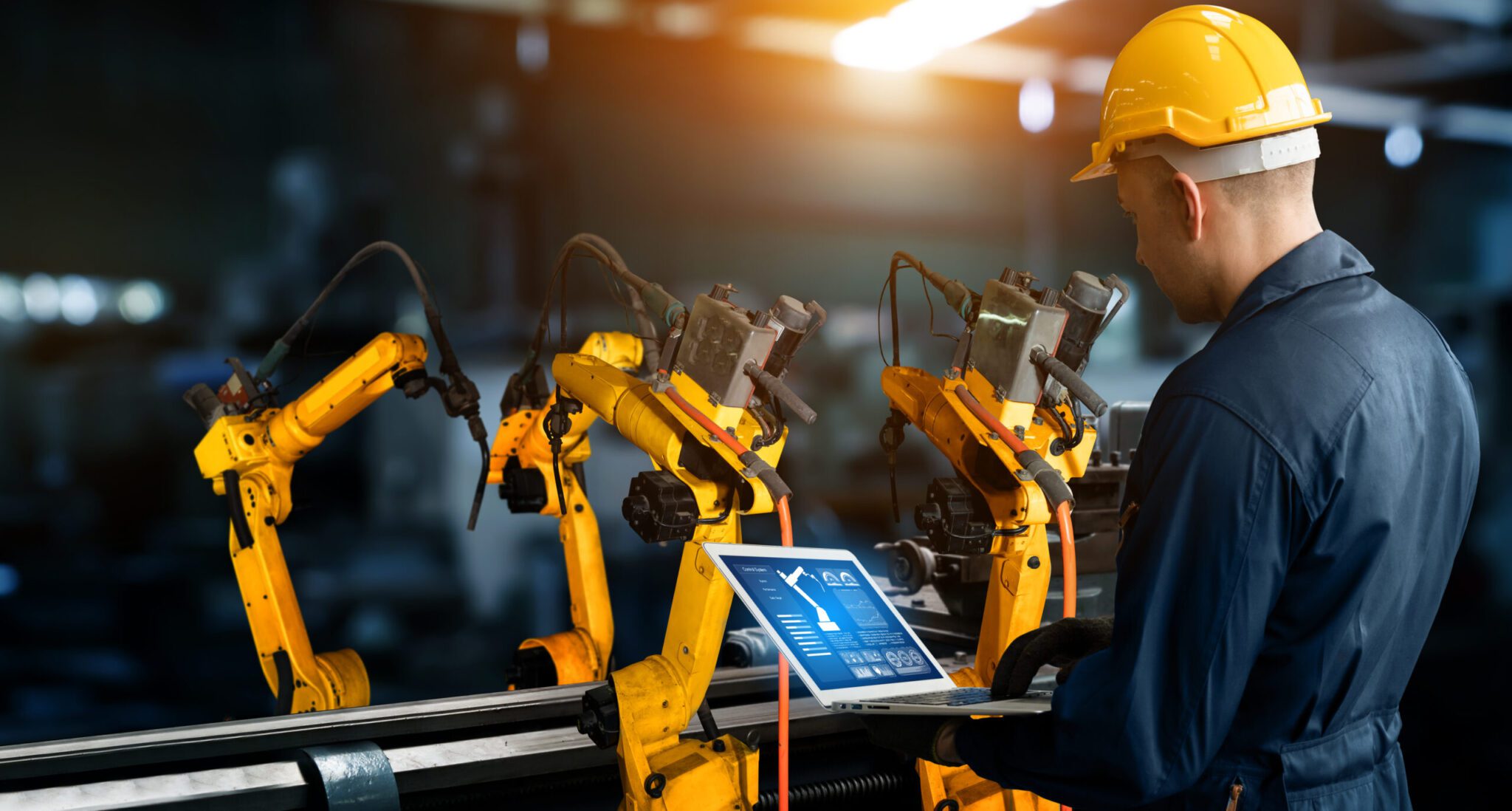Electric Powertrain Considerations for Battery-Powered Warehouse Applications
In automated warehouse applications and vehicles, new battery technologies and frequent charging pose unique challenges in the design and specification of the electric powertrain.
By Daniel Walldorf, Strategy and Business Development Manager at TE Connectivity
As a labor-intensive field, warehouses are dependent upon a workforce to perform tasks ranging from picking line items to managing groceries in cold storage. In places where are not enough workers to meet the demand of busy logistics operations, a potential solution is the use of automation. Battery-powered electric forklifts and autonomous guided vehicles (AGVs), combined with mobile robots or even fully automated storage and retrieval systems, help turn dangerous or repetitive job duties into automated processes.

Incorporating automated solutions such as battery-powered robots and AGVs into warehouse and logistics operations is essential to meet productivity demands.
The performance requirements for an electric powertrain in a freely moving robot or AGV consist of a charging station, a battery and battery management system, a power distribution unit, a motor controller, and a motor. The electric powertrain essentially acts as the lifeblood of the equipment, powering the automation systems that increase overall productivity. Therefore, it’s essential to increase the powertrain’s efficiency and durability for long-term gains.
To improve the total cost of ownership for the warehouse operator, equipment OEMs need to invest in improved electric powertrain systems as necessary groundwork for tomorrow’s innovations. When designing electric powertrain systems for the harsh environment demands of warehouse automation equipment, four considerations increase durability, efficiency, and productivity.
1. Leverage Industrial Expertise
Warehouses often operate 24/7, so solutions must be both reliable and low maintenance. Furthermore, the designs need to be rugged enough to withstand an environment where heavy packages and pallets are handled as well as harsh environments like cold storage warehouses. As a result, designs and components need to be both shock and vibration resistant as well as rugged enough to withstand dust and frost.

Developing rugged components able to withstand harsh environments is central to advancing electric powertrain equipment.
Components that are created for different rugged applications can be repurposed in industrial environments. These components may need to be adapted to fit the requirements of warehouse automation, but their track record and availability help operators leverage advances in other technologies, especially those already in use in battery-powered electric vehicles.
2. Adopt Enhanced Battery Technologies
New battery charging strategies increase power efficiency and reduce charging time (and downtime) of the equipment.
Traditionally, lead-acid batteries have been used in forklift and AGV applications for power storage. And while these batteries offer a good solution for traditional forklift designs as well as usage and charging strategies, new lithium-ion technology provides significant advantages for the warehouse automation space.
Widespread adoption of lithium-ion batteries for the rugged warehouse market is still ongoing. These battery improvements enable opportunistic charging — when equipment is repowered rapidly and for short periods of time as convenient for the operator throughout the day. With enhanced battery systems, equipment no longer needs to rest for hours at a time to charge. Instead, operators can charge technology while taking a quick coffee break or stepping away for a few minutes at a time.

Enhanced lithium-ion battery technology decreases charging downtime, which improves overall efficiency.
Lithium-ion batteries are also smaller, offering a more compact solution which reduces weight and therefore energy consumption. Both these effects reduce downtime and enhance overall productivity — a needed change as warehouses work to meet rising e-commerce demands.
3. Prioritize Ergonomic Solutions
However, new battery technologies and frequent charging pose unique challenges leading to significant changes in the design and specification of the electric powertrain. These effects include the need for sophisticated battery management systems, demand for increased charging power, and a higher number of charging cycles for the charging infrastructure (e.g. charging connector mating). At the same time, operators want to limit the manual labor involved in charging operations, which leads to the requirement for AGVs and AMRs to be charged autonomously at docking stations.
With opportunistic charging, chargers are plugged into the equipment three to four times more than with traditional charging strategies. This creates heavy wear and tear on the connector and also places strain on the operator. The connectors are large and push high amounts of electrical current, which makes connecting and disconnecting the charging cables difficult. Suppliers are increasingly searching to develop solutions with less mating force, more flexible cables and easier to handle connectors.

Improving operator use must be a focus for future design development.
In the case of autonomous charging, the connector design needs to be completely rethought. There are four different options to address this problem:
- Sliding contacts mounted on the floor or wall, offering a reliable and compact solution.
- Wall-mounted docking connector, enabling the transfer of power and data. This method is also more forgiving to misalignment, increasing durability.
- Wireless charging, which can offer increased reliability in difficult environments and can withstand a larger margin for misalignment.
- Robotic charging, which utilizes multi-axis robotic arms to plug in a charging connector. While sophisticated, this method is still in the early stages of development.
With new battery technologies come unique benefits and challenges, all of which will continue to evolve with the powertrain.
4. Develop with End-to-End Design in Mind
The electric powertrain is a robust solution containing five core components of a charging station: a battery with a battery management system, a power distribution unit, a motor controller, and a motor. Typically, the design process for an electric powertrain begins with defining the system requirements and functional specifications of parts. Next, details and component choices are often designed in isolation. However, a more holistic approach can be far more beneficial. When designing with end-to-end in mind, efficiencies can be identified across components. For example, similar contactor circuits can be used in charging stations, battery management systems, and power distribution centers. Signal connectors and connectors for power distribution can be harmonized. Working with a big picture view leads to a reduction of engineering and qualification work, optimizing the entire system and improving productivity.
The Future of Electric Powertrains in Warehouse Automation
For manually operated equipment, ergonomic solutions improve working conditions for operators and increase efficiency. Especially for autonomous systems, miniaturization will play a more prominent role in the future as high-density storage is needed. Furthermore, as charging power only increases, the need to design reliable connectors that can withstand high mating cycles will be essential. Autonomous charging requirements will continue to evolve, and solutions must evolve with them.
Explore TE Connectivity’s end-to-end electric powertrain portfolio for warehouse automation.
Like this article? Check out our other articles on New Technology, EVs & HEVs, our Industrial Market Page, and our 2022 Article Archive.
Subscribe to our weekly e-newsletters, follow us on LinkedIn, Twitter, and Facebook, and check out our eBook archives for more applicable, expert-informed connectivity content.





